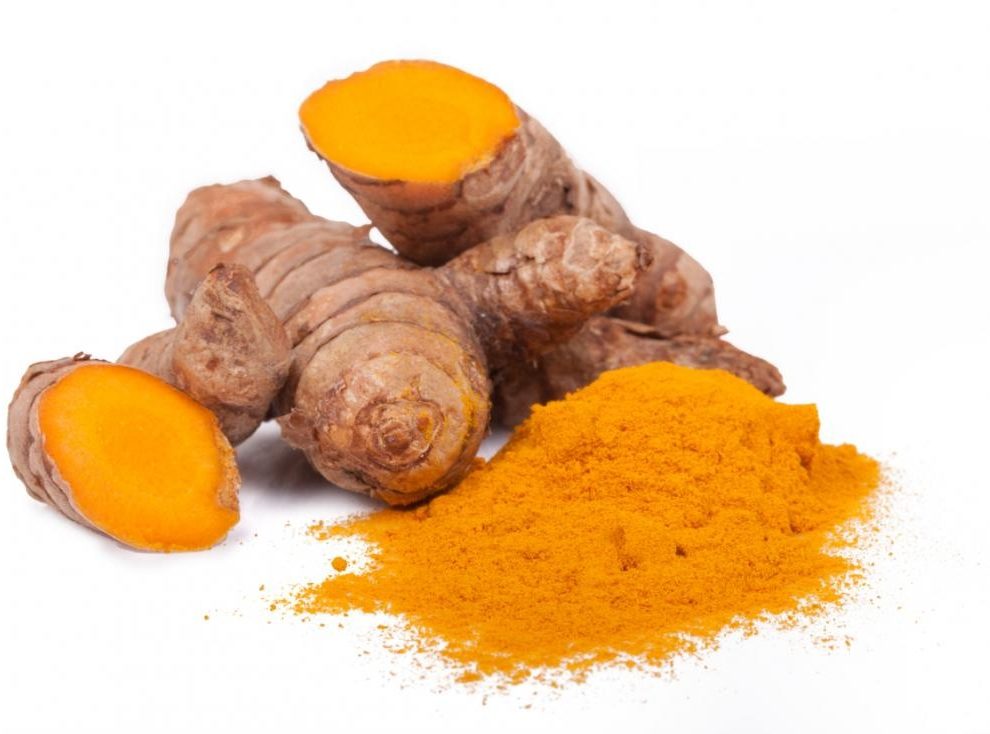
Introduction: In the quest for weight loss, finding natural remedies that can help shed pounds and improve overall health is a top priority. Among the vast array of options, turmeric has emerged as a golden spice with remarkable potential. This vibrant and flavorful ingredient, commonly found in Asian cuisine and renowned for its medicinal properties, has captured attention for its potential weight loss benefits. In this comprehensive and in-depth blog post, we will delve into the various ways turmeric can assist in your weight loss journey while enhancing overall health. From its metabolism-boosting properties and fat-burning potential to its anti-inflammatory effects, antioxidant activity, and potential to support gut health, prepare to uncover the true power of turmeric and discover how it can spice up your weight loss journey and revolutionize your well-being. Let’s dive in!
- 💪 Metabolism Boost: Igniting Calorie Burning and Fat Loss 💛
Turmeric contains a bioactive compound called curcumin, which has been extensively studied for its health benefits. One of the primary ways turmeric aids in weight loss is by boosting metabolism. Research suggests that curcumin can increase thermogenesis, the process by which the body produces heat and burns calories. By stimulating thermogenesis, turmeric can potentially support increased calorie burning, ultimately facilitating weight loss.
Furthermore, turmeric has been found to enhance fat metabolism. Curcumin can activate genes and enzymes that play a crucial role in the breakdown and oxidation of fats, contributing to reduced fat accumulation and improved weight management.
- 🌿 Anti-inflammatory Effects: Reducing Inflammation and Promoting Weight Loss 🌡️
Chronic inflammation has been linked to weight gain and the development of obesity-related diseases. The good news is that turmeric possesses potent anti-inflammatory properties. Curcumin acts as a natural anti-inflammatory agent by inhibiting inflammatory pathways in the body. By reducing chronic inflammation, turmeric creates a more favorable environment for weight loss and overall health.
- 🌟 Antioxidant Activity: Protecting Against Oxidative Stress and Supporting Well-being 🌈
Turmeric is also rich in antioxidants, which play a vital role in protecting the body against oxidative stress. Oxidative stress occurs when there is an imbalance between the production of free radicals and the body’s ability to neutralize them. This imbalance can lead to cellular damage, inflammation, and various health issues.
By incorporating turmeric into your diet, you can benefit from its antioxidant activity, which helps combat free radicals and promote overall well-being. This antioxidant support can contribute to improved weight management and overall health.
- 🍃 Gut Health Support: Balancing Digestion and Enhancing Nutrient Absorption 🥗
A healthy gut is essential for weight management and overall health. Turmeric has been shown to support gut health in multiple ways. Firstly, curcumin helps regulate gut inflammation by inhibiting the production of pro-inflammatory compounds. This can create a healthier gut environment and contribute to weight loss.
Secondly, turmeric has been found to support the growth of beneficial gut bacteria, such as Bifidobacterium and Lactobacillus. These probiotic strains play a crucial role in digestion, nutrient absorption, and overall gut health. By promoting a healthy balance of gut bacteria, turmeric can enhance digestion, support nutrient absorption, and optimize weight management.
- 💤 Improved Sleep Quality: Enhancing Rest and Recovery 🛌
Quality sleep is an often-overlooked aspect of weight loss and overall well-being. Turmeric may indirectly support weight loss by promoting better sleep quality. Curcumin has been found to have a calming effect on the central nervous system, promoting relaxation and potentially improving sleep quality. By ensuring sufficient sleep, you can optimize your weight loss efforts and support overall health and well-being.
- 🥗 Incorporating Turmeric into Your Daily Routine 🍽️
To incorporate turmeric into your daily routine, consider the following practical tips:
- Add turmeric powder or grated fresh turmeric to your meals, such as curries, stir-fries, soups, smoothies, or roasted vegetables, to enjoy its warm, earthy flavor and reap the potential weight loss benefits.
- Consider making golden milk, a popular beverage made by combining turmeric with milk (or a plant-based alternative), honey, and spices like cinnamon and ginger. Enjoy a soothing cup of golden milk in the evening to unwind, relax, and support your weight loss journey.
- Experiment with turmeric-infused dressings, marinades, and sauces to incorporate its unique flavor into your culinary creations.
- 💪🌿🌟 Holistic Approach: Combining Turmeric with Healthy Lifestyle Habits 🥗💤🏋️♀️
While turmeric can be a valuable tool in your weight loss journey, it’s important to remember that it works best when combined with a holistic approach that includes other healthy lifestyle habits:
- Follow a balanced and nutrient-dense diet that includes a variety of whole foods, such as fruits, vegetables, lean proteins, whole grains, and healthy fats.
- Engage in regular physical activity that includes a mix of cardiovascular exercises, strength training, and flexibility exercises to support overall fitness and weight management.
- Prioritize stress management techniques, such as meditation, yoga, deep breathing exercises, or engaging in hobbies, to minimize stress levels and promote overall well-being.
- Ensure adequate sleep by establishing a consistent sleep schedule, creating a relaxing bedtime routine, and optimizing your sleep environment.
Conclusion: Turmeric, with its metabolism-boosting properties, anti-inflammatory effects, antioxidant activity, potential gut health support, and sleep-enhancing benefits, has the potential to be a valuable ally in your weight loss journey and overall well-being. By incorporating this golden spice into your daily routine and adopting a holistic approach to health, you can unlock the potential of turmeric and experience the transformative effects it can have on your weight, health, and vitality. Spice up your life with turmeric and embark on a path to a healthier, slimmer, and more vibrant you.













